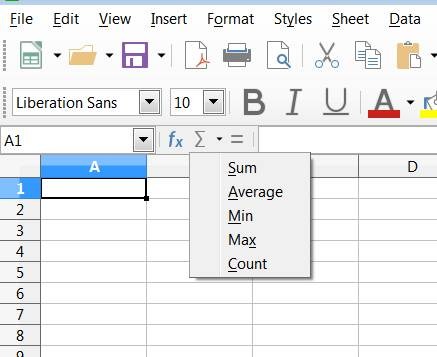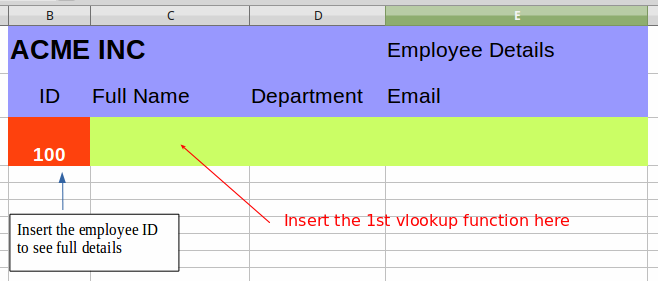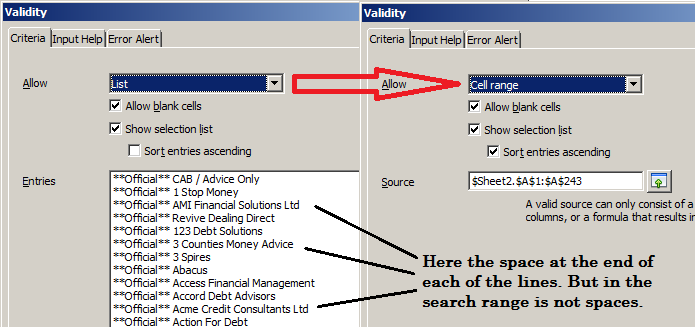
Direct Colour Management is used to change the colours of one or more objects or texts directly, not by assignment of a colour from the palette. Layman's explanation: The Workbook_Open event happens when the Excel workbook is opened and runs once. Calc has been around before Sun Microsystems released the first version of OpenOffice. As a workaround I've tried to copy the selection, remove it, then "paste special", tick "Skip empty cells", however this did paste all the empty cells as well. A single column or row can also be added using the right-click (context) menu: Select the column or rows where you want the new column or row inserted.VLOOKUP is in the Spreadsheet category.That means the entire column with RAND () will be recalculated
Libreoffice calc vlookup how to#
It is a really useful tool when you don’t know how to use a particular formula or when you don’t know what formula to use. It’s a small button on the left of the ‘formula bar’. Just before stopping here, you should know that instead of typing the formula you can select it from the ‘function wizzard’. (Sorry I am using the same excuse that in last article again…) Whaouw it displays Zzzzzzz for me that means it is bedtime… The formula in C8 is therefore: =VLOOKUP(1,$planner.A2:D9,4,) We want to get the current activity from the Activity column, so the column we want to retrieve is the column number 4 of the table. The table we are going to look at in sheet ‘planner’ is A2:D9. So in our example we are going to look for the activity that is bound to the key ‘TRUE’, we can use either the word ‘TRUE’ or the value 1. In this function you need to specify the key, the reference of the table and the column number of the data you are looking for and a lookup option for the accuracy of the search. VLOOKUP does look for a key value to get data your are looking for bound to that key in a table. It means Vertical Lookup, and it is use to search data associated with a ‘key’ value. VLOOKUP is also very well known in the world of Microsoft Excel formulas. In that cell ( C8 for me), we are going to use a very useful function called VLOOKUP. So in the ‘Now!’ tab, pick any cell in the middle, it doesn’t matter what exact cell it is because it is a ‘receiving-data’ cell and we always can tweak or choose another one later. This will be the part that you look at and that will display the activities matching the current time, the activity coming next, as well as the activity that was just before now. This time we are going to work a little bit on the front-end of our agenda, in the ‘Now!’ sheet. It means the part of the agenda that we don’t see, but that contains the data and the sort of engine for your agenda. So far we worked on the back-end of our agenda.


You may note that I added a new line for activities in the evening to be able to test the formulas as I am writing this article just before going to bed!) Row \ Colum This is the table I have in my sheet ‘planner’ (with the formulas instead of the values -> Menu ‘View’->’Show Formula’). Last time I picked my favourite formula among 4 different formulas able to compare the current time with a starting time and an ending time. In this part I am going to tell you about a very useful function called VLOOKUP. In the third part of this tutorial we learned about nested if and ‘AND’ function. In the second part of this tutorial we wrote some time and ‘if’ formulas.

In the first part we looked at renaming a sheet, entered some random data, formatted cells and started to build the logic of the agenda. This is the 4th part of my LibreOffice Tutorial to learn about simple useful formulas and a tiny bit of macro to make a simple daily agenda.


 0 kommentar(er)
0 kommentar(er)
